"When you're testing to see how deep water is, never use two feet," is a famous quote by Benjamin Franklin. Looking into the deep water might send shivers down your spine.
However, for some people, these shivers are the ripples of excitement, drawing them closer to uncovering the mystery and beauty of the deepest lakes. The crystal-clear waters and surrounding lush greenery create a peaceful atmosphere for visitors to relax and unwind.
Talking about US, the country has over 17 of the deepest lakes in the world, offering endless opportunities for exploration and discovery. In this article, we will look at the top 10 deepest lakes in America, which are well-known for their breathtaking beauty.
List of the Deepest Lakes in America
Here is a list of the top 10 deepest lakes in the United States known for their stunning beauty and crystal-clear waters. From the majestic Crater Lake in Oregon to the serene Lake Tahoe on the border of California and Nevada, these lakes offer a peaceful retreat for nature lovers and outdoor enthusiasts alike.
| Ranking | Name of the Lake | Located in | Total area (sq mi) | Depth (ft) |
| 1 | Crater Lake | Oregon, USA | 20.6 | 1,949 |
| 2 | Lake Tahoe | California/Nevada, USA | 191 | 1,645 |
| 3 | Lake Chelan | Washington, USA | 52 | 1,486 |
| 4 | Lake Superior | USA/Canada | 31,700 | 1,333 |
| 5 | Lake Pend Oreille | Idaho, USA | 148 | 1,150 |
| 6 | Lake Clark | Alaska, USA | 165 | 1,056 |
| 7 | Lake Iliamna | Alaska, USA | 1,012 | 988 |
| 8 | Lake Tustumena | Alaska, USA | 284 | 950 |
| 9 | Lake Michigan | USA | 22,400 | 923 |
| 10 | Kauhakō Crater | USA | 0.125 | 814 |
Source: nps.gov
Also Read:
- Largest Lakes in America: List of the top 10 Biggest Lakes in United States
- List of largest lakes of the World
Crater Lake
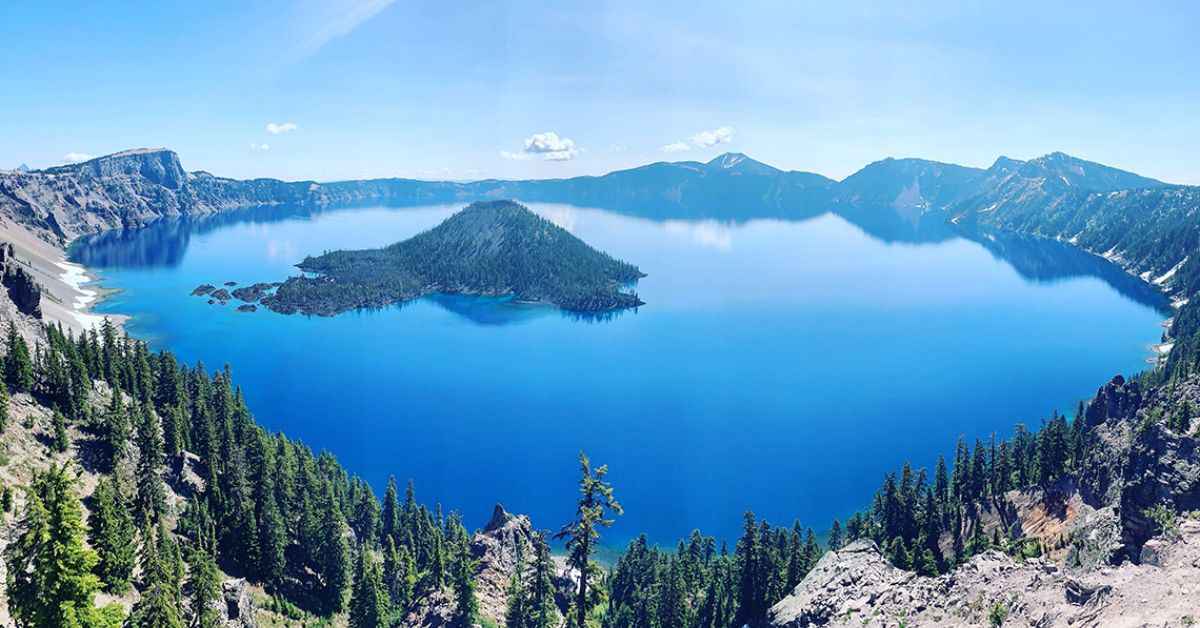
Source: AARP
Located in the Cascade Mountains of southern Oregon, Crater Lake is renowned for being the deepest lake in the USA, with a maximum depth of 1,949 feet. It was formed about 7,700 years ago following the collapse of Mount Mazama, a dormant volcano, creating a caldera that filled with water over time.
This lake is famous for its strikingly clear, blue water, attributed to its depth and purity, as no rivers are flowing into or out of it. Crater Lake's water is entirely from rainfall and snowmelt, contributing to its clarity. One of its unique features is Wizard Island, a cinder cone that rises out of the water, adding to the lake's dramatic landscape.
Lake Tahoe
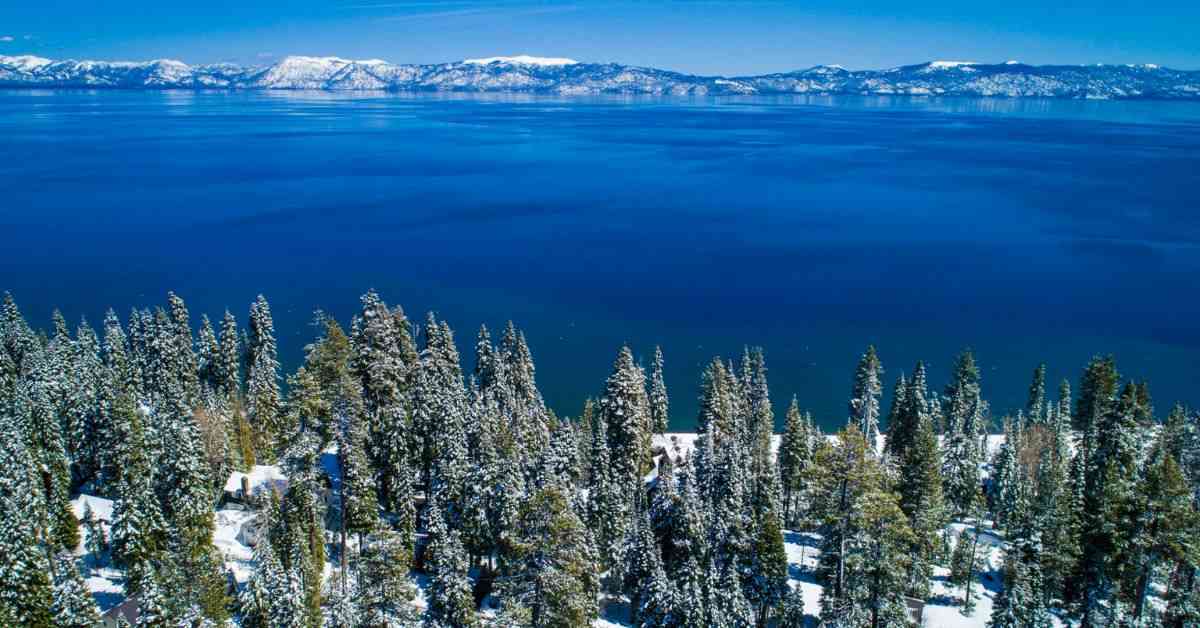
Source: Visit Placer
Straddling the border between California and Nevada, Lake Tahoe is the second deepest lake in the USA, with a maximum depth of 1,645 feet. Located in the Sierra Nevada mountain range, it is also the largest alpine lake in North America, covering approximately 191 square miles.
It is believed that the lake was formed over two million years ago during the ice ages. Its basin was formed by geological faulting and volcanic activity, followed by glacial scouring. Additionally, the lake has clear and vibrant blue water, which is primarily because of the snowmelt.
The lake is a major tourist destination, known for its picturesque scenery, ski resorts, and year-round outdoor recreational activities, including boating, hiking, and skiing.
Lake Chelan
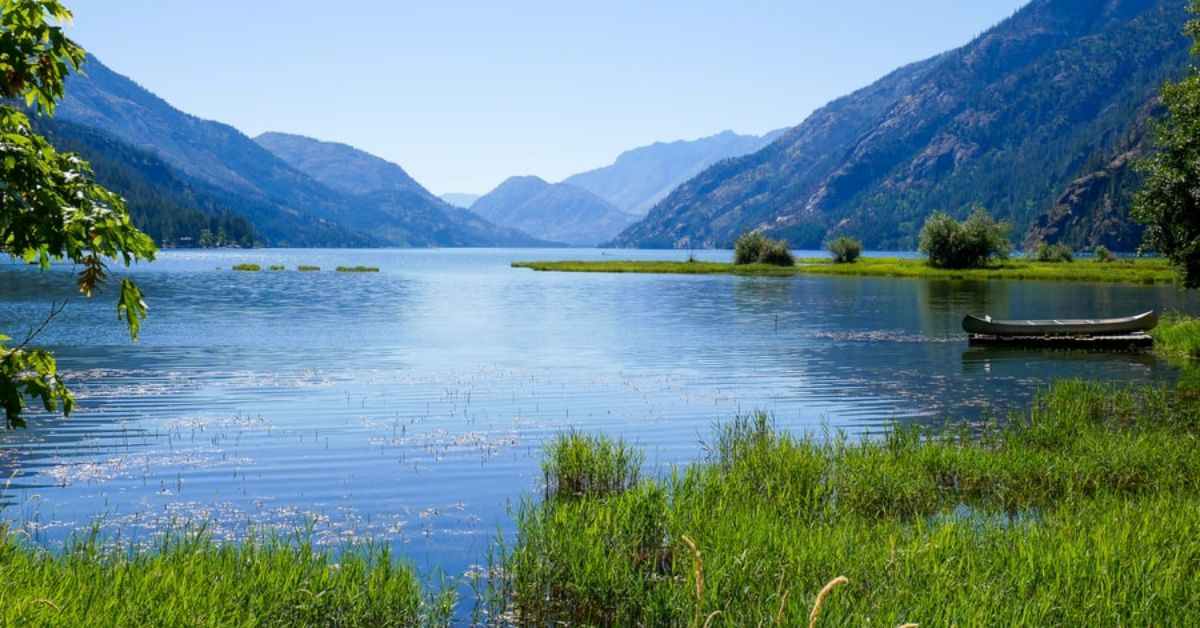
Source: Erika's Travels
Situated in the north-central region of Washington State, Lake Chelan is the third deepest lake in the USA. This narrow, fjord-like lake stretches over 50 miles in length, making it the largest natural lake in Washington.
The lake is renowned for its stunning, clear water and scenic beauty, nestled between steep mountains that create a dramatic backdrop. Its unique shape and depth attract millions of visitors with opportunities for boating, fishing, and exploring the surrounding wilderness areas.
One of the lake's most interesting features is its water quality, which is exceptionally high due to the minimal pollution and the natural filtration provided by the surrounding wilderness.
Lake Superior
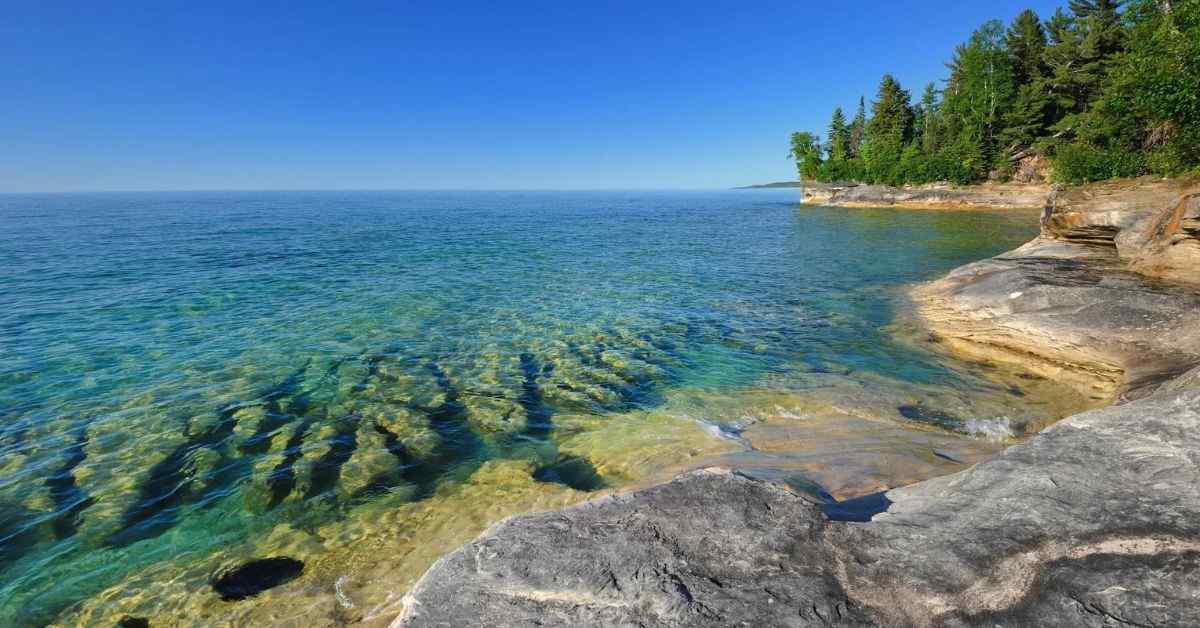
Source: The Weather Network
The largest of the five great lakes, Lake Superior is one of the largest lakes in the USA, with a surface area of 31,700 square miles. It is also the coldest and deepest of the Great Lakes, reaching depths of over 1,300 feet.
This majestic lake also contains up to 10% of the world's freshwater and touches three US states and the Canadian province of Ontario. The lake's shoreline is dotted with numerous parks and wilderness areas, including the Apostle Islands National Lakeshore and Pictured Rocks National Lakeshore, ideal for hiking, kayaking, and camping.
Its unique weather patterns often result in sudden and severe storms. This has earned Lake Superior a reputation for being one of the most challenging lakes for navigation, historically leading to many shipwrecks.
Lake Pend Oreille
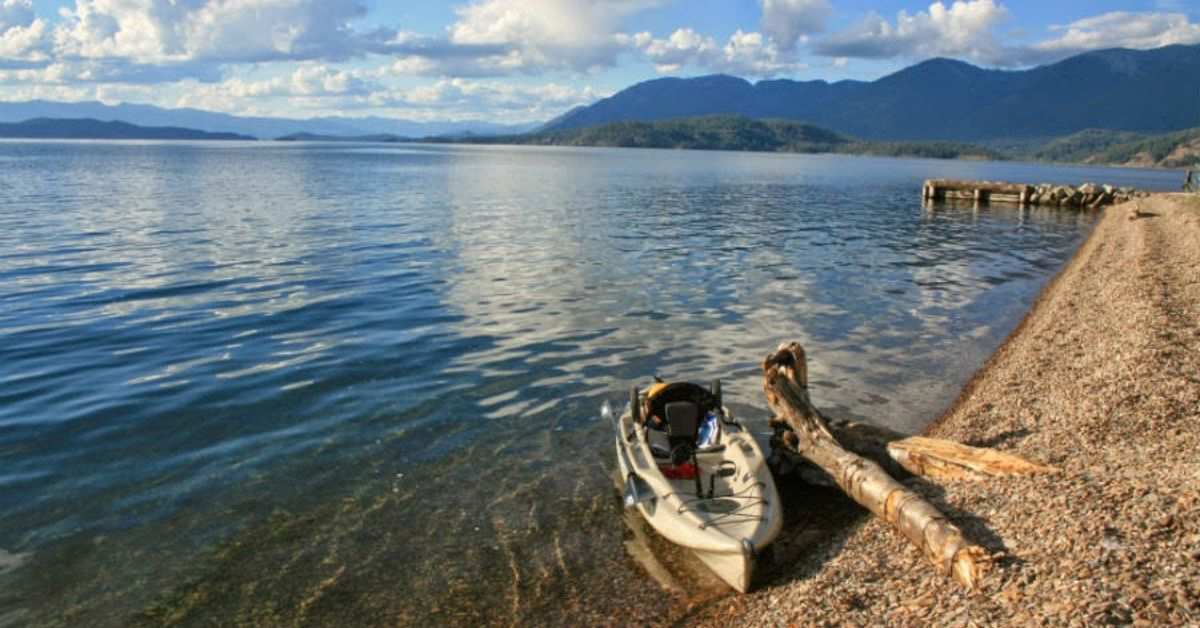
Source: Fun To Sail
Located in the northern region of Idaho, Lake Pend Oreille is the fifth deepest lake in the USA, with a maximum depth of 1,158 feet. The lake covers over 148 square miles and is known for its crystal-clear waters and stunning mountain views.
Additionally, its name has been derived from a French word meaning "hanging earlobe," which is believed to be a reference to the shape of the lake on a map. This natural wonder offers a variety of recreational activities, such as fishing, boating, and swimming, for visitors to enjoy.
Furthermore, it is home to a variety of fish species, including rainbow trout, walleye, largemouth bass, and kokanee salmon. You can even find other fauna, such as elk, moose, bears, and bald eagles, in the surrounding area.
Lake Clark
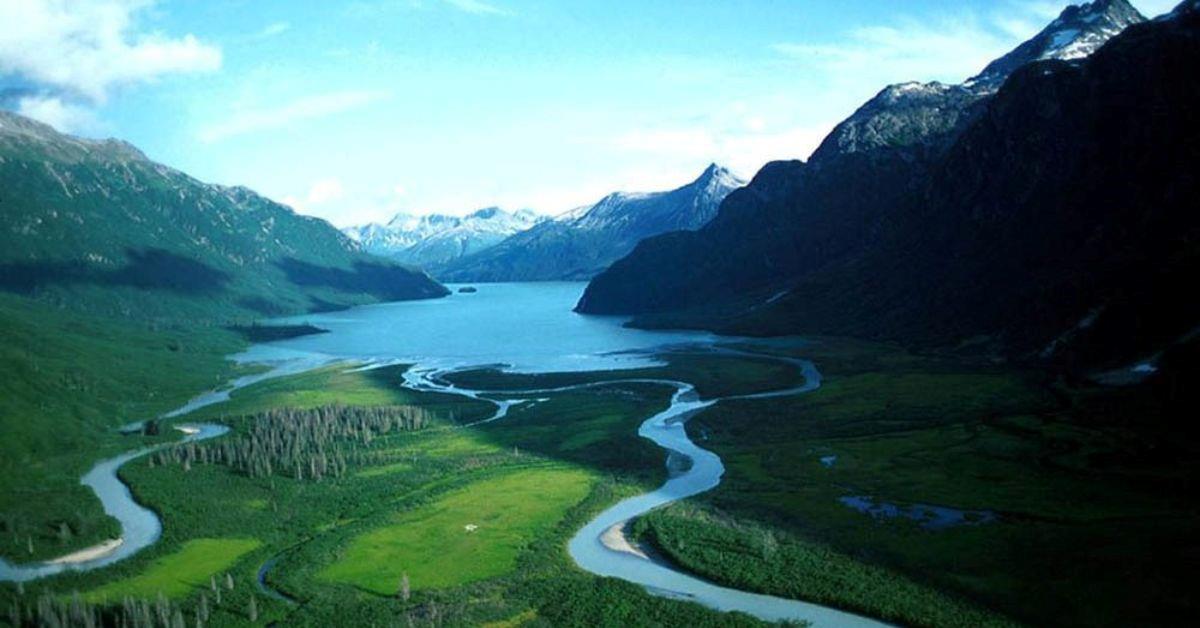
Source: National Park Service
On the 6th spot is Lake Clark, which is one of the deepest lakes in the state of Alaska. Located in the Chigmit Mountains, a subrange of the Aleutian Range, Lake Clark is the fourth-deepest lake in the United States, reaching depths of over 1,000 feet.
The lake is known for its clear and mineral-rich water, which is fed by the melting glaciers of the surrounding mountains. Lake Clark is a popular destination for fishing, kayaking, and wildlife viewing due to its pristine natural beauty and remote location.
The lake has been vital for the Dena'ina people, who have lived in the region for thousands of years and continue to rely on its resources for subsistence living. The lake boasts a rich biodiversity, with a variety of fish species such as salmon and trout, as well as abundant bird populations like bald eagles and swans.
Lake Iliamna
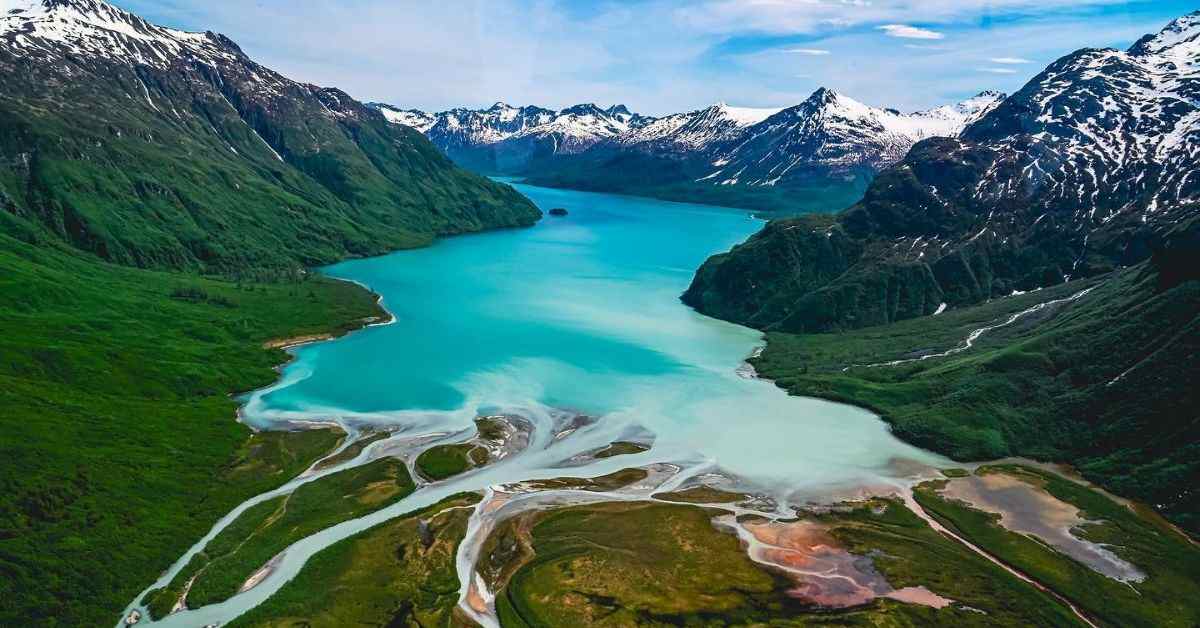
Source: Travel Alaska
Lake Iliamna, located in southwestern Alaska, is the seventh-deepest lake in the USA, with a maximum depth of 988 feet. It is also the largest lake in Alaska, covering an area of 1,012 square miles.
It is known for its clear, cold waters and diverse ecosystems. The lake is home to one of the largest sockeye salmon populations in the world. This attracts both commercial and recreational fishermen globally.
The lake also supports populations of rainbow trout, Arctic char, and northern pike. The surrounding area is rich in wildlife, including bears, moose, and eagles.
Additionally, its remote location and clean waters make it a popular destination for fishing, boating, and wildlife viewing.
Lake Tustumena
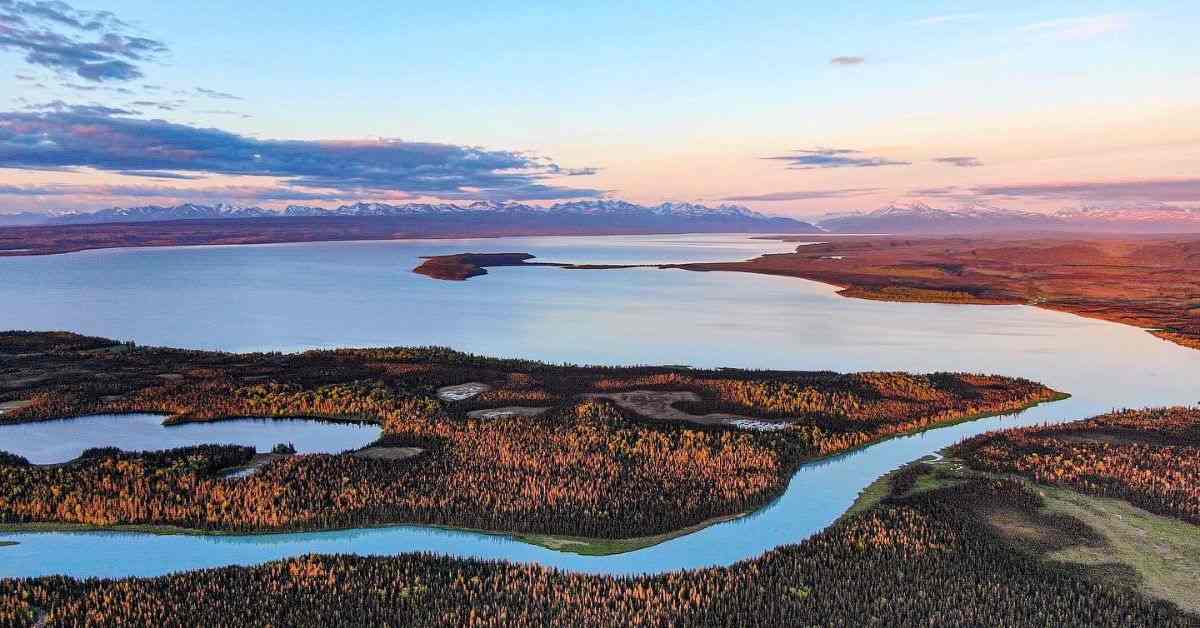
Source: Reddit
Lake Tustumena is another Alaskan majestic wonder, which is the eighth deepest lake in the state with a maximum depth of 328 feet. This glacial-fed lake is on Alaska's Kenai Peninsula, and it is a well-liked spot for boating and fishing.
The lake is part of the Kenai National Wildlife Refuge and is home to a variety of wildlife, including bears, moose, and eagles, making it a popular destination for nature enthusiasts and photographers.
According to numerous theories, the lake was formed by glacial activity, which carved out its deep basin and shaped the surrounding mountains.
Glaciers and snowmelt supply the lake with its crystal-clear water, creating a pristine environment for various aquatic species to thrive.
Lake Michigan
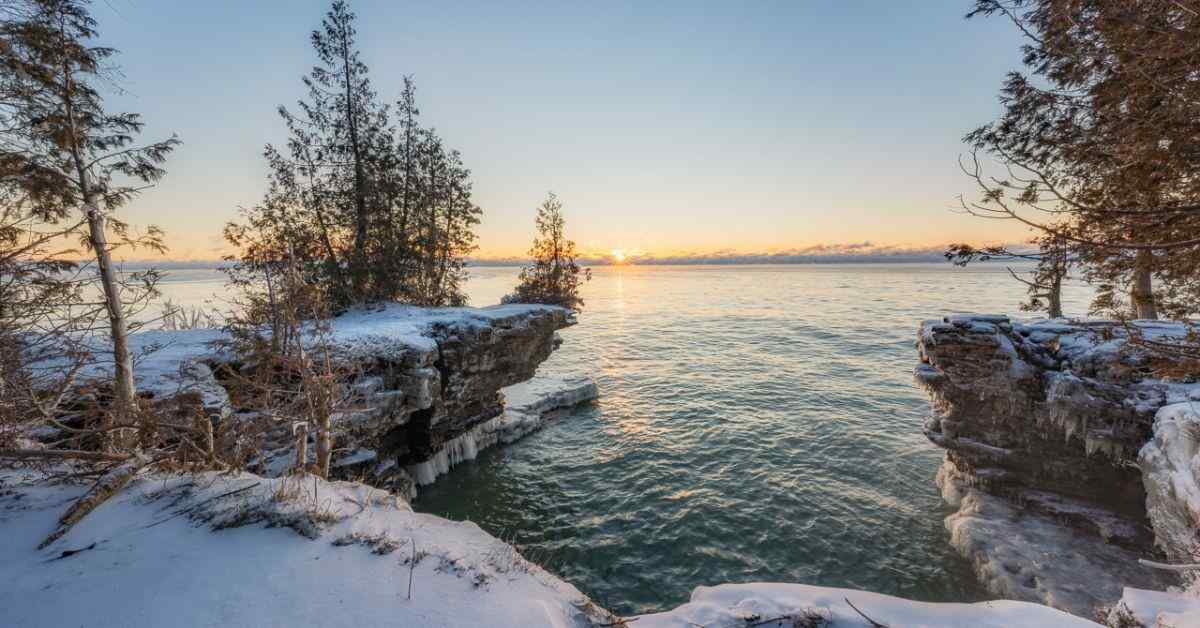
Source: Luke Collins Photography
Lake Michigan, the only one of the Great Lakes located entirely within the United States, is the ninth deepest lake in the USA, with a maximum depth of 923 feet. It covers an area of 22,400 square miles and is part of the Great Lakes system, which is the largest group of freshwater lakes in the world by total area.
It also played an important role in the War of 1812, when the U.S. Navy used the lake for naval battles against the British. Additionally, it is home to many lighthouses that have guided ships safely through its waters for centuries.
Furthermore, Lake Michigan's shoreline is dotted with numerous cities and towns, including Chicago, Milwaukee, and Green Bay, making it a vital part of the region's economy and culture.
Kauhakō Crater
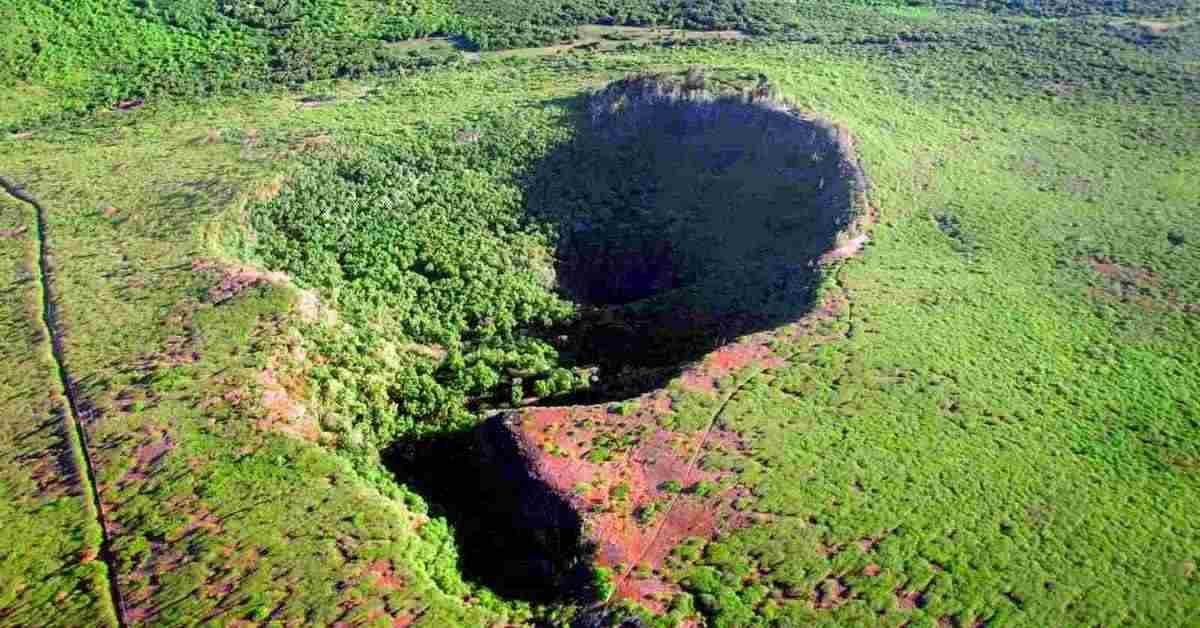
Source: National Park Service
Kauhakō Crater, ranked as the tenth deepest lake in the world, holds the record for the largest depth-to-surface area in the world, measuring 234 metres (814 feet). It is a volcanic crater in Kalawao County, Hawaii, United States.
Due to the eruption of Pu'u' 'Uao volcano, the crater was created between 230,000 and 300,000 years ago. Situated in the heart of the Kalaupapa Peninsula on the island of MolokaŻi, it measures 500 metres (1,600 feet) in diameter by 650 metres (2,130 feet).
Furthermore, the lake is home to a variety of bushes and shrubs, including wiliwili, a native plant, as well as non-native plants such as the invasive Schinus terebinthifolia (Brazilian peppertree) and Lantana camara (big sage).
Check out|
Comments
All Comments (0)
Join the conversation